Related Research Articles

Charles Bonnet was a Genevan naturalist and philosophical writer. He is responsible for coining the term phyllotaxis to describe the arrangement of leaves on a plant. He was among the first to notice parthenogenetic reproduction in aphids and established that insects respired through their spiracles. He was among the first to use the term "evolution" in a biological context. Deaf from an early age, he also suffered from failing eyesight and had to make use of assistants in later life to help in his research.
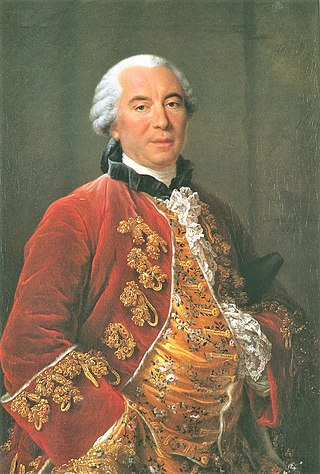
Georges-Louis Leclerc, comte de Buffon was a French naturalist, mathematician, and cosmologist. He held the position of intendant (director) at the Jardin du Roi, now called the Jardin des plantes.

Bernard-Germain-Étienne de La Ville-sur-Illon, comte de Lacépède or La Cépède was a French naturalist and an active freemason. He is known for his contribution to the Comte de Buffon's great work, the Histoire Naturelle.

Christian Horace Benedict Alfred Moquin-Tandon was a French naturalist and doctor.

Jean Louis Armand de Quatrefages de Bréau was a French biologist.
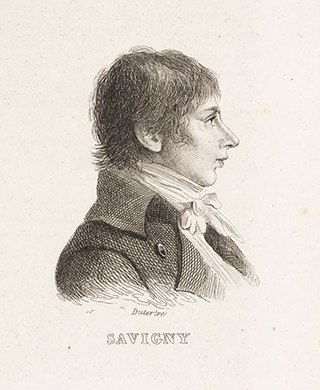
Marie Jules César Lelorgne de Savigny was a French zoologist and naturalist who served on Emperor Napoleon's Egypt expedition in 1798. He published descriptions of numerous taxa and was among the first to propose that the mouth-parts of insects are derived from the jointed legs of segmented arthropods.
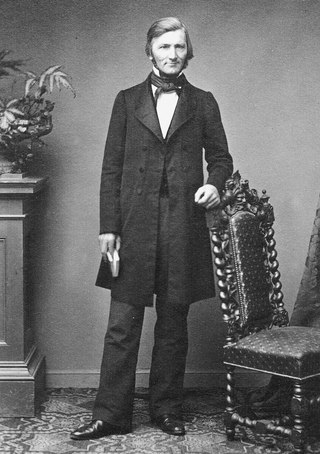
Oswald Heer, Swiss geologist and naturalist, was born at Niederuzwil in Canton of St. Gallen and died in Lausanne.

Philosophie Zoologique is an 1809 book by the French naturalist Jean-Baptiste Lamarck, in which he outlines his pre-Darwinian theory of evolution, part of which is now known as Lamarckism.

Georges-Frédéric Cuvier was a French zoologist and paleontologist. He was the younger brother of noted naturalist and zoologist Georges Cuvier.

Pierre-Justin-Marie Macquart was a French entomologist specialising in the study of Diptera. He worked on world species as well as European and described many new species.
Entomology, the study of insects, progressed between 1800 and 1850, with the publication of important texts, definition of new orders such as Aphaniptera and Strepsiptera, and the shift to specialization. The following timeline indicates significant events in entomology in this time period.

Alphonse Louis Pierre Pyramusde Candolle was a French-Swiss botanist, the son of the Swiss botanist Augustin Pyramus de Candolle.
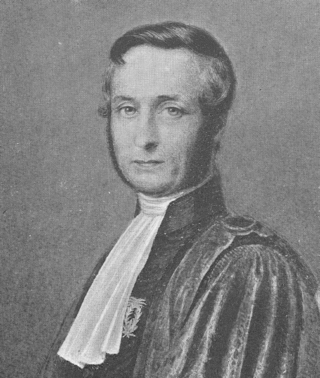
Félix Dujardin was a French biologist born in Tours. He is remembered for his research on protozoans and other invertebrates.

Henri Lecoq was a French botanist. Charles Darwin mentioned this name in 1859 in the preface of his famous book On The Origin of Species as a believer in the modification of species. Darwin wrote:
A well-known French botanist, M. Lecoq, writes in 1854, 'On voit que nos recherches sur la fixité ou la variation de l'espèce, nous conduisent directement aux idées émises, par deux hommes justement célèbres, Geoffroy Saint-Hilaire et Goethe.' Some other passages scattered through M. Lecoq's large work, make it a little doubtful how far he extends his views on the modification of species.

Antoine Laurent Apollinaire Fée was a French botanist who was born in Ardentes, 7 November 1789, and died in Paris on 21 May 1874. He was the author of works on botany and mycology, practical and historical pharmacology, Darwinism, and his experiences in several regions of Europe.

Jaques Étienne Gay was a Swiss-French botanist, civil servant, collector and taxonomist. His name is associated with plants in standardised botanical nomenclature, e.g. Crocus sieberi J.Gay. He was the most famous of the students of botanist Jean François Aimée Gaudin with whom he began collecting plants at the age of 14. He was married to Rosalie Nillion.
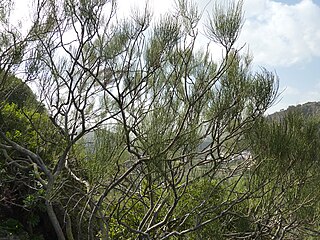
Retama rhodorhizoides is a species or subspecies of flowering plant in the family Fabaceae, endemic to the Canary Islands.
Frédéric Gérard (1806-1857) was a French botanist and early evolutionary thinker.
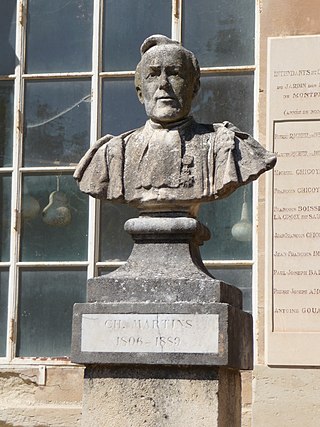
Charles Frédéric Martins (1806–1889) was a French physician, botanist, geologist, naturalist, and translator.
Moritzia is a genus of flowering plants belonging to the family Boraginaceae.
References
- ↑ "Alexander Moritzi (1806-1850)". The Arnold Arboretum of Harvard University.
- ↑ De Beer, Gavin. (1969). Streams of Culture. Lippincott. p. 29
- ↑ "The Oseille des Neiges, or Rumex nivalis: A New Sorrel". Annals of Horticulture: And Year-book of Information on Practical Gardening. Houlston and Stoneman: 559. 1850.
- ↑ "Moritzia DC. ex Meisn. | Plants of the World Online | Kew Science". Plants of the World Online. Retrieved 18 May 2021.
- ↑ International Plant Names Index. Moritzi.